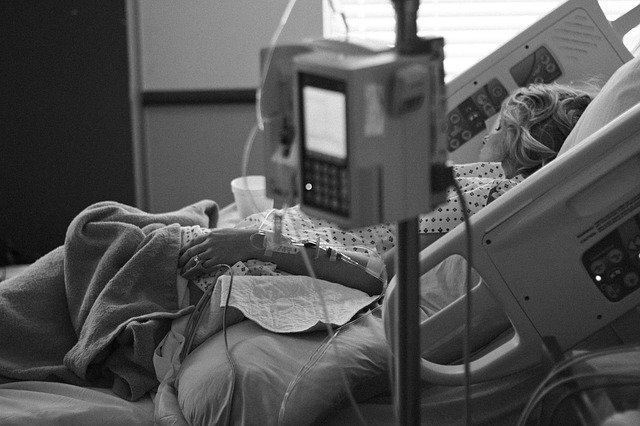TENS is a method of therapy that is sometimes used for pain relief in a variety of conditions. This complementary treatment is most commonly used to treat muscle and joint pain, for example, low back pain. A recent study investigated the potential for TENS to be used to treat post-surgical pain following hysterectomy.
Transcutaneous electrical nerve stimulation (TENS) works by delivering low voltage electrical pulses to the skin. These pulses are thought to alter or block the perception of pain.
This form of treatment can be used at home and it does not involve the use of medications, which makes it an attractive form of pain relief for many. However, the use of TENS as a method to improve post-operative pain relief has not been extensively studied.
A recent study explored the potential for TENS to be used following abdominal hysterectomy to improve the quality of patients’ recovery and pain relief post-surgery.
The study evaluated patients who had abdominal hysterectomy and assessed whether TENS had any effect on quality of recovery or pain.
A total of fifty-two patients were included into the study and were either treated with patient-controlled analgesia plus TENS post-surgery or patient-controlled analgesia only.
The researchers reported that quality of recovery was significantly better in patients who had TENS treatment. Pain scores – specifically during coughing – were also improved in patients who had TENS treatment. However, the study found no significant differences in the use of analgesia between groups.
The researchers suggested that the treatment of post-operative patients with TENS may be beneficial in terms of promoting more physical independence and improving the quality of recovery following abdominal hysterectomy. More research is necessary to determine the benefits of this treatment. Always consult your doctor to make sure a specific treatment is right for you.
Reference: Karaman S, Karaman T, Deveci H, Ozsoy AZ, Delibas IB. Effect of transcutaneous electrical nerve stimulation on quality of recovery and pain after abdominal hysterectomy. J Anaesthesiol Clin Pharmacol. 2021;37(1):85-89. doi:10.4103/joacp.JOACP_207_19
Image by Parentingupstream from Pixabay



